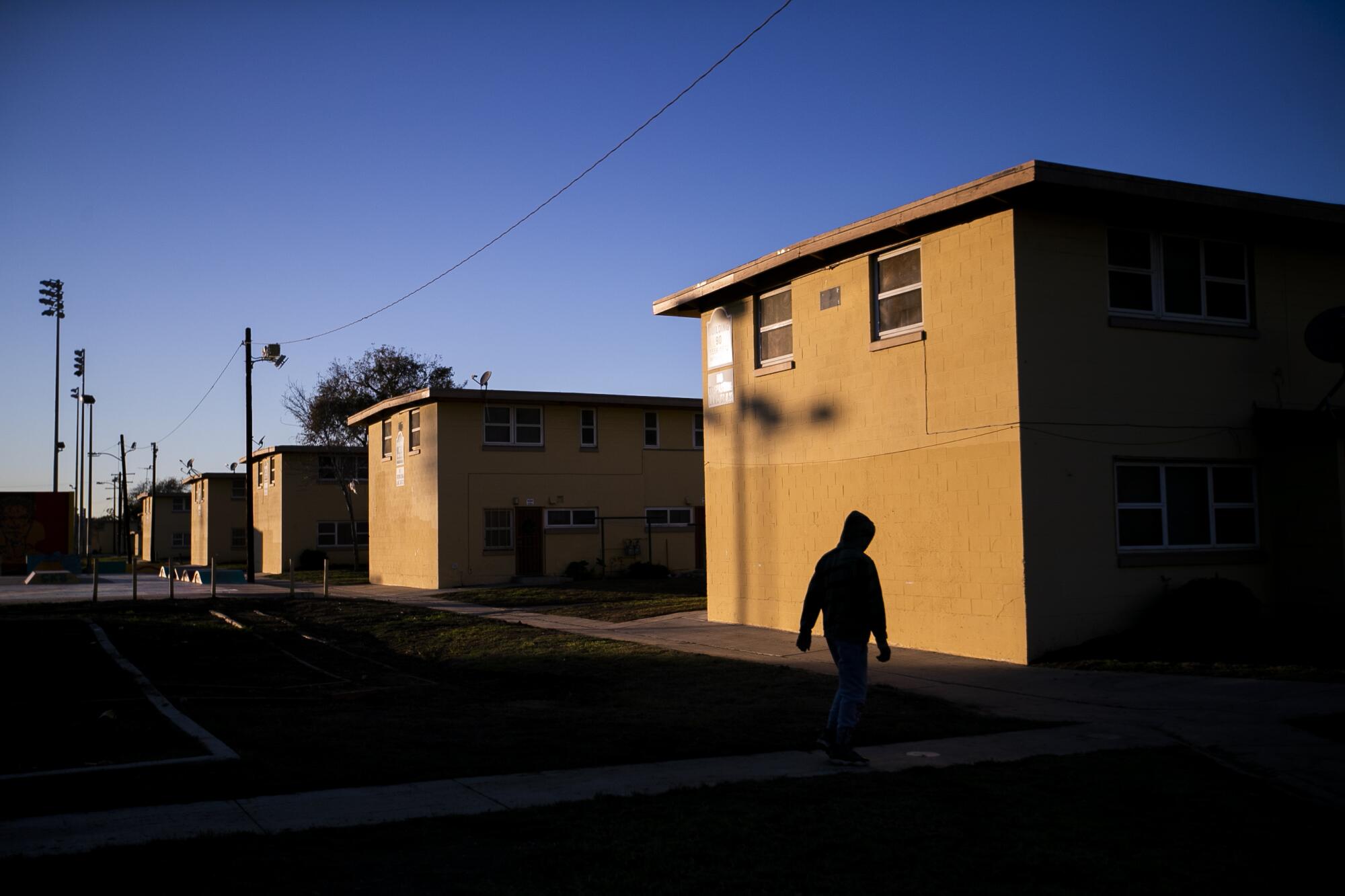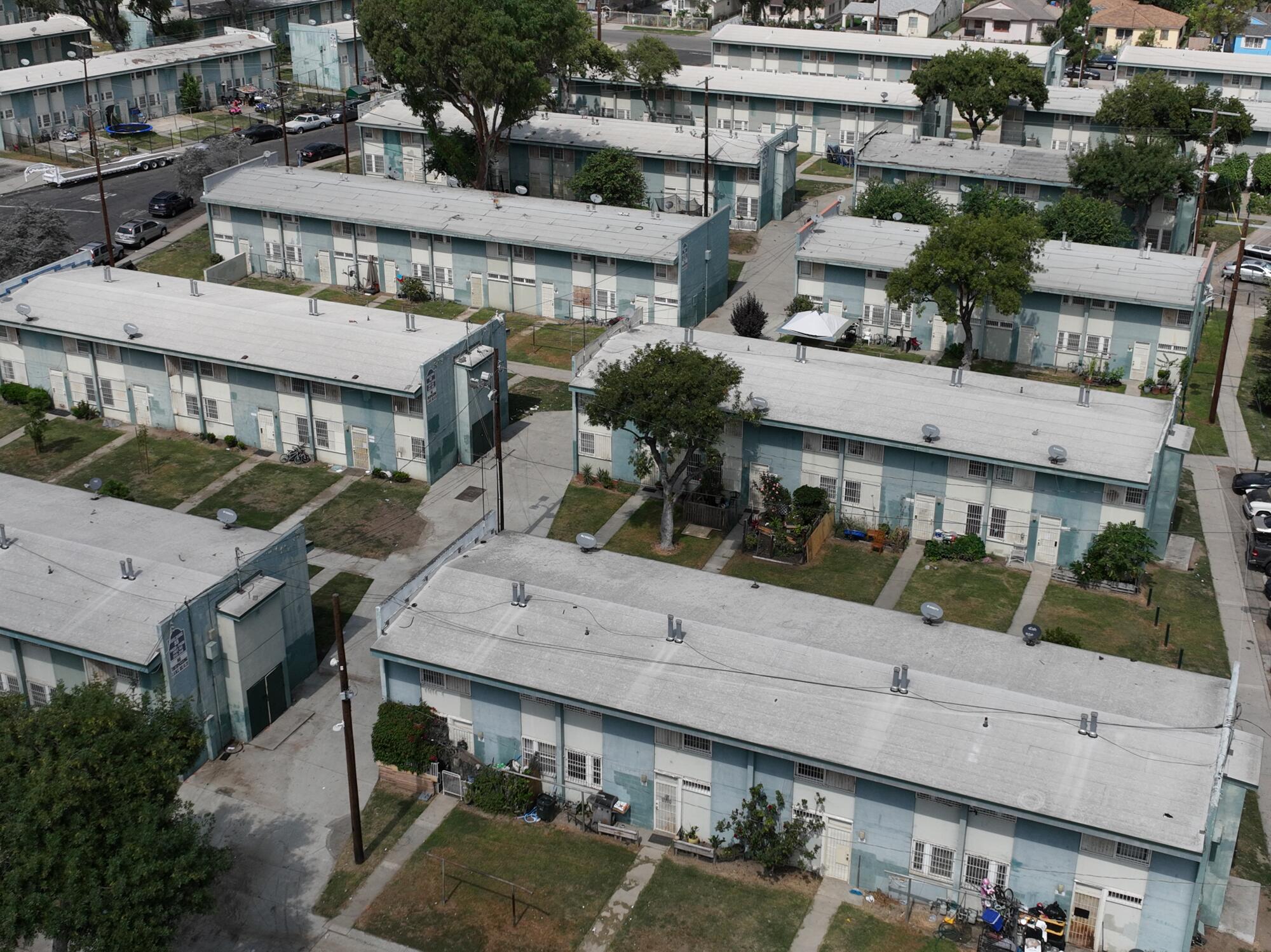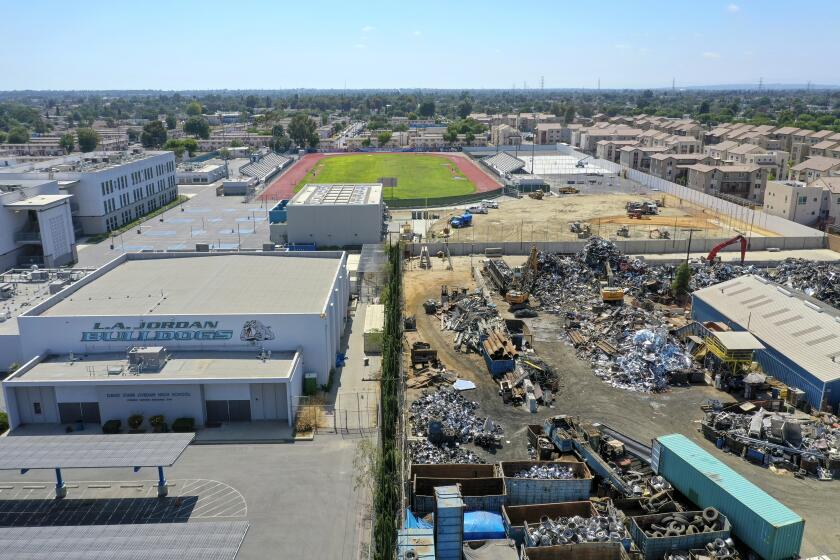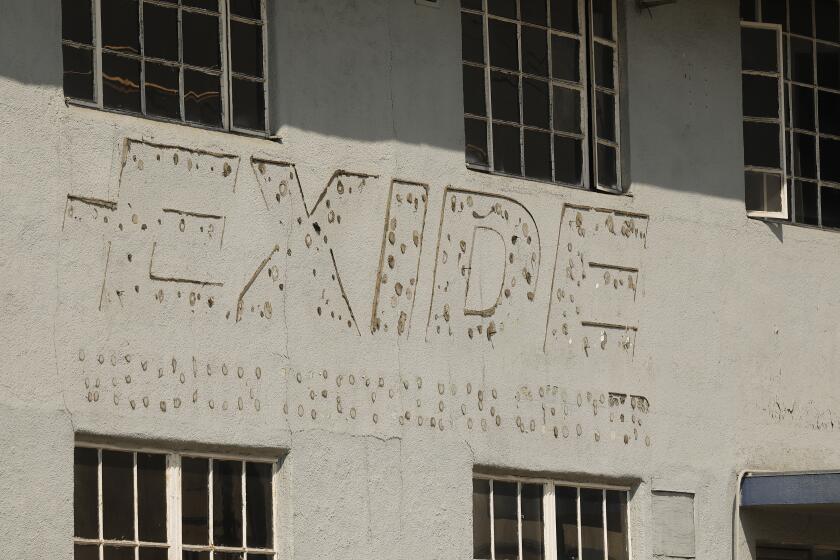
On the heels of an environmental study that found lead-tainted water in public housing developments in Watts, Los Angeles Mayor Karen Bass has called on the city’s housing authority and largest water utility to conduct further testing for the potent neurotoxin.
The discovery of lead-contaminated tap water in Watts, home to three of Los Angeles’ 13 major public housing complexes, has jolted city leadership and raised serious questions about the age of the plumbing that serves low-income residents. Although California banned the installation of lead pipes in 1985, the average home in Watts is nearly 77 years old, which makes the South L.A. neighborhood more likely to contain corroded lead plumbing.
“It’s absolutely unacceptable for families to not have access to safe, clean drinking water,” Bass wrote on X.
Aggressive and impactful reporting on climate change, the environment, health and science.
A team of Southern California researchers collected more than 500 water samples from May through August from the faucets of private homes and public housing units in Watts. Tap water samples from 21 of these households contained a detectable level of lead. Eight of those samples were taken from properties owned by the Housing Authority of the City of Los Angeles: five in Nickerson Gardens, two in Jordan Downs and one in Imperial Courts.
Two of the five Nickerson Gardens samples exceeded the U.S. Environmental Protection Agency’s action levels of 15 parts per billion of lead. The highest concentration at the public housing complex — the city’s largest with 1,066 units — measured 22 parts per billion. Nickerson Gardens, Imperial Courts and the original portion of Jordan Downs were constructed in the 1940s and 1950s.
Although lead was historically used in plumbing and paint, there is no safe level of exposure. Ingesting or inhaling lead can permanently damage the brains of young children, and has been linked to learning disabilities, difficulty concentrating and behavior abnormalities.
Danielle Hoague — a doctoral student at UCLA and lead author of the study, which was funded by the community advocacy group the Better Watts Initiative — said she suspects the problem is much more widespread than what researchers found with a $40,000 grant.
“It’s the compounding effects of environmental injustice that causes harm to the community,” Hoague said. “This is a result of malign neglect from public officials, electeds, different agencies of the city, the mayor. This is why Watts continues to be at the bottom of the barrel and continues to experience abject poverty.”
Minutes before first period, staff at Jordan High School in Watts reported a loud noise and a plume of smoke emanating from the metal recycling yard next door.
“The purpose of this study was to bring attention to this issue,” she added. “We don’t have any more money [for testing], so we are handing this over to the powers that be, because ultimately, they own this property, and we’re going to have to work with them to fix the issue.”
Last week, Bass said she had convened staff from the Los Angeles Department of Water and Power and the housing authority and vowed to conduct further testing in the city’s public housing units in Watts and elsewhere.
On Tuesday, Los Angeles City Councilmember Tim McOsker, whose district includes Watts, introduced a motion demanding a comprehensive plan to identify the sources of lead and to take steps to remove the contamination.
“The findings brought to light by the Better Watts Initiative are deeply concerning,” McOsker said. “This is about the health and safety of our neighbors, our friends, and our families. Like all Angelenos, the people of Watts should have a safe and healthy environment to call home and that undoubtedly includes access to safe, clean water.”

The Los Angeles Department of Water and Power has encouraged Watts residents to request free water sampling through the city by emailing [email protected] or calling (213) 367-3182.
“We definitely empathize with this troubling situation,” said Jonathan Leung, water quality director at DWP. “No one wants to hear that the place you’re living potentially has lead in the drinking water. So, we truly want to let them know we are concerned and we’re going to try to assist in whatever capacity we can.”
DWP has performed two recent surveys characterizing the materials in the city’s roughly 740,000 water service lines. Leung insists the city has found no lead components in publicly owned lines that run from the water main to the sidewalk, or in customer-side pipes that run from the sidewalk to the building. The department has not handed in a report on the customer-side water lines to the state Water Resources Board.
“In the first phase that was completed in 2019 on the utility side, we didn’t find any,” Leung said. “And then this [more recent] inventory, we didn’t find any on the customer side either.”
But the city continues to find lead in tap water when it routinely tests households each year. Under federal rules, public water systems are required to test for lead. If more than 10% of tap water samples exceed 15 parts per billion, the water system must take action, including implementing more corrosion controls or replacing pipelines.
Los Angeles is not at risk of triggering mandatory action. However, in the last year, at least two tests have detected lead levels higher than the federal action level, including one sample with nearly 75 parts per billion in September 2023.
Lead contamination potentially could result from decades-old plumbing inside buildings, Leung said, adding that older faucets, fittings and interior pipes sometimes have lead soldering and components. Outdated brass faucets, in particular, contain a significant percentage of lead, but California prohibited these plumbing materials from containing more than 0.25% lead in 2010.
The California agency that regulates oil and gas operations concludes that a law on well-plugging does not apply to a merger of two giant fossil fuel companies, angering the law’s author.
In Los Angeles, city-owned public housing units have plumbing made of copper or galvanized steel, according to the housing authority. In-unit fixtures are made of brass or steel.
The Housing Authority of the City of Los Angeles “is working with LADWP and community representatives to conduct testing at all of its housing developments,” the agency wrote in a statement to The Times. “Our priority is the safety, health and well-being of our residents. HACLA takes residents’ concerns seriously and is prepared to take all appropriate steps as needed.”
Yirk Turner, 55, lived in Jordan Downs with his mother and nine siblings in a five-bedroom unit from the 1970s to the mid-1980s. Although he never had concerns about his drinking water, he joined researchers as they went door to door collecting containers of tap water.
Once the team detected brain-damaging lead in the housing complex he grew up in, Turner couldn’t help but reflect on his childhood and wonder if his family members may have been exposed.
“Growing up as a kid, we drunk that water, we cooked with that water,” Turner said. “And we didn’t have no concerns back then. But it’s imperative now because I know people that have kids and grandkids that could be affected.”
Researchers surveyed Watts residents and found the vast majority rely on bottled water for drinking, even though it’s many times more expensive than tap water. Researchers say a history of issues with drinking water has fostered distrust in the community. Most notably, in 2016, residents complained about discolored water pouring out of their faucets, with hues ranging from yellow to almost black.
Leung, the water quality director, said the discoloration was unrelated to lead. At that time, Watts was served by two groundwater wells with elevated levels of naturally occurring iron and manganese. When the well water was treated with chlorine, those minerals formed dark-colored particles. Ordinarily, DWP flushed its pipes to remove such material, but it had discontinued the practice due to ongoing drought, allowing sediment to build up and stain local water.
“These sediments accumulated over a period of five years,” Leung said. “So it ended up being a darkish hue to the water — and that was completely on us. We ended up fixing it by flushing all the pipes and removing those wells from service.”
EPA report concludes that the Vernon Exide site meets the criteria to be a Superfund site — not for lead, which has been the subject of cleanup efforts for years, but due to a toxic chemical in groundwater.
For Tim Watkins, president of the Watts Labor Community Action Center, the results of the water sampling offered validation to community members who have long complained about environmental degradation and long-standing neglect in the neighborhood.
Watkins, who has lived in Watts for 71 years, has tried to call attention to air pollution and dumping near the neighborhood’s railways. He’s advocated against industrial facilities that have left large swaths of the community coated in heavy metals, including notorious scrap metal recycler S&W Atlas Iron and Metal.
But he said he realized the only way to bring about action is to collect evidence.
With funding from from the Robert Woods Johnson Foundation, a New Jersey-based philanthropy group focused on public health, Watkins’ organization devised a plan to conduct water testing. The Watts community group recruited researchers from UCLA and USC to spearhead the water sampling.
Not long after the study published, Watkins received a call from Bass pledging her support to investigate the source of lead contamination.
“For me, it’s the tip of the iceberg,” Watkins said. “You’ve got contamination of soil, contamination of water, contamination of air — and no accountability.”
“All of a sudden, there was legitimacy because there were these scientific results,” Watkins said. “The attention is brand new. The concern is much older.”
Toward a more sustainable California
Get Boiling Point, our newsletter exploring climate change, energy and the environment, and become part of the conversation — and the solution.
You may occasionally receive promotional content from the Los Angeles Times.











